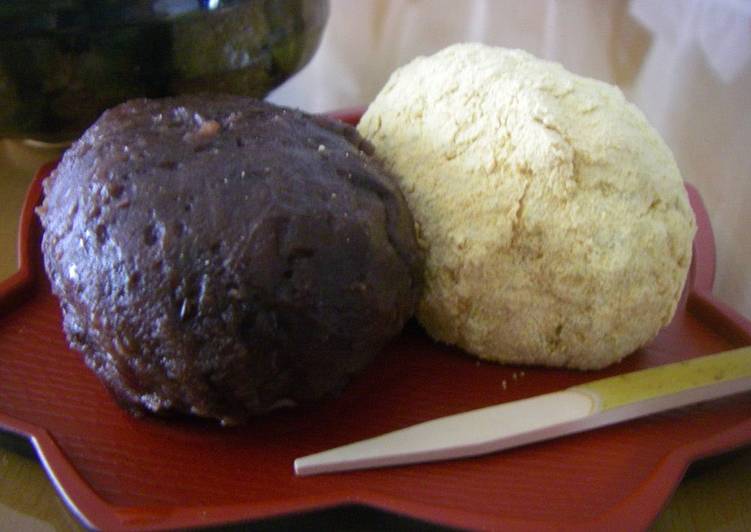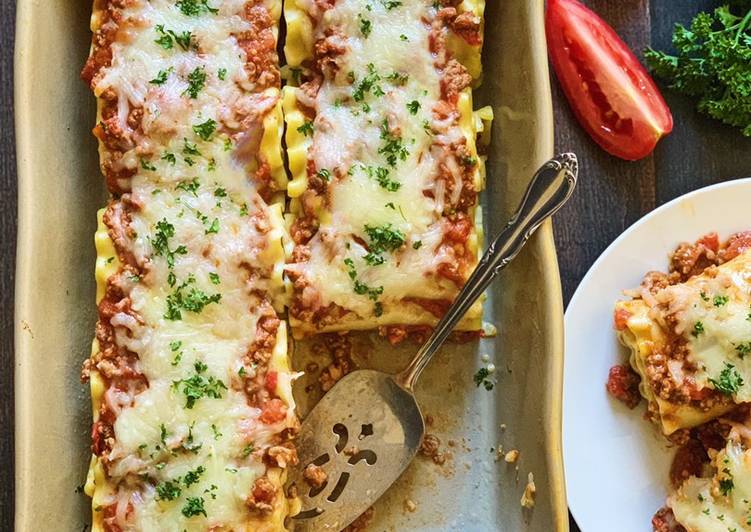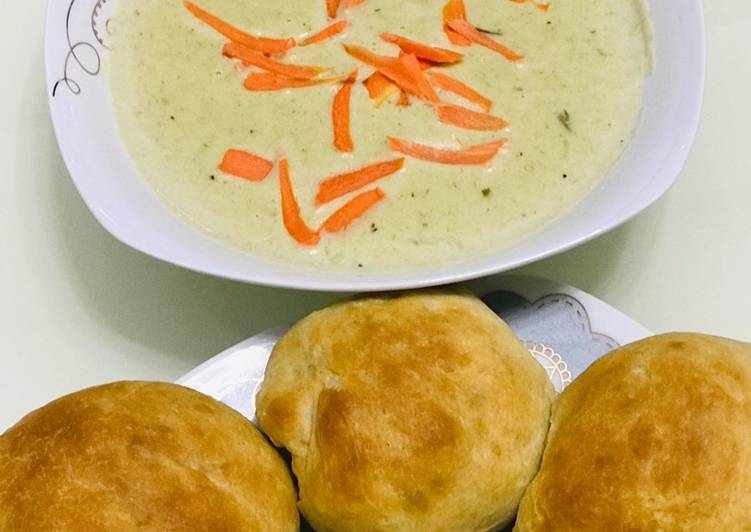
Hello everybody, hope you are having an amazing day today. Today, I’m gonna show you how to make a special dish, our family recipe for ohagi, passed down over three generations. It is one of my favorites food recipes. For mine, I am going to make it a little bit unique. This will be really delicious.
Unlike some mochi recipes on my blog that require hard-to-find rice flours, this Ohagi (Botamochi) recipe is rather simple. Even though I don't observe the religious ceremony, I still make these for my family twice a year around spring and autumn equinox.. Pierogis, Three Generations Off the Boat.
Our Family Recipe for Ohagi, Passed Down Over Three Generations is one of the most favored of recent trending meals in the world. It is appreciated by millions every day. It is simple, it’s quick, it tastes delicious. Our Family Recipe for Ohagi, Passed Down Over Three Generations is something which I’ve loved my entire life. They’re nice and they look fantastic.
To get started with this recipe, we have to prepare a few components. You can have our family recipe for ohagi, passed down over three generations using 6 ingredients and 9 steps. Here is how you can achieve it.
The ingredients needed to make Our Family Recipe for Ohagi, Passed Down Over Three Generations:
- Prepare 250 grams Dried azuki beans
- Get 300 grams Sugar
- Prepare 1 pinch Natural salt
- Make ready 300 ml Mochi rice
- Make ready 200 ml White rice
- Prepare 1 Kinako
Our children and grandchildren are shaped by the genes they inherit from us, but new research is revealing that Over several repetitions, the mice associated the smell of cherry blossom with pain. But if trauma is shown to be passed down the generations in humans in the same way as it appears. We are sharing all the answers for this game below. We would recommend you to bookmark our website so you can stay updated with the latest changes.
Steps to make Our Family Recipe for Ohagi, Passed Down Over Three Generations:
- Rinse the adzuki beans and soak in a saucepan with enough water to cover. Bring to a boil and drain. Repeat this 2~3 times.
- Combine the beans with 5 times the amount of water in the pan and bring to a boil. Then turn down the heat to low, and cook until the beans are tender. Add water from time to time.
- This time, it took 1 hour and 40 minutes to cook the beans until they were tender. Now, you only need enough water to cover the beans. If there is too much water in the pan, discard. Then add sugar and salt. (Note: Don't add sugar before the beans become tender.) Cover and leave to stand overnight.
- The next morning, cook over low heat until there is not much water left in the pan. Make the regular white rice first. For the mochi rice, rinse and soak in hour for 1 hour, then cook in a rice cooker with the same amount of water as you'd use for regular rice.
- When the water in the pot is almost gone, stay close to the pan! Stir with a wooden spatula gently from the bottom. It's done when the adzuki beans drop slowly from the spatula. Leave to cool down. Don't worry if you think it's too soft, because it will thicken up a bit when it cools down.
- When the rice is cooked, mash while it is still hot, using a moistened wooden pestle. Mash the rice until it is still a bit lumpy. You won't waste any ingredients if you match the number of rice balls and anko portions. We always use kinako powder to use up the leftover rice.
- For anko ohagi: Put a piece of cling film on your hand and put 1 portion of anko on top. Flatten the anko. Place a rice ball on top. Wrap the anko around the rice ball.
- For kinako ohagi: Wet your hands and flatten a rice ball on your hands. Put a small portion of anko on top. Make a barrel-shaped rice ball using both hands. Coat with a loooooot of kinako powder. (We don't add any sugar to the kinako as it gets sticky after a while, but it's up to you).
- These are our pride and joy! We make a lot to share.
All families have their own traditions even if most of them fail to realize that. Such families don't want to make a display of having traditions and don't take them too seriously. Others in their turn are proud of their special heritage and pass it down through the generations very carefully. Families gain greater feelings of closeness, belonging and connection between generations as family traditions are acted out and passed on. In having set customs, rituals, or time together as a family, the family unit grows stronger.
So that’s going to wrap this up for this exceptional food our family recipe for ohagi, passed down over three generations recipe. Thank you very much for reading. I am confident that you will make this at home. There’s gonna be interesting food in home recipes coming up. Don’t forget to bookmark this page on your browser, and share it to your family, colleague and friends. Thanks again for reading. Go on get cooking!


